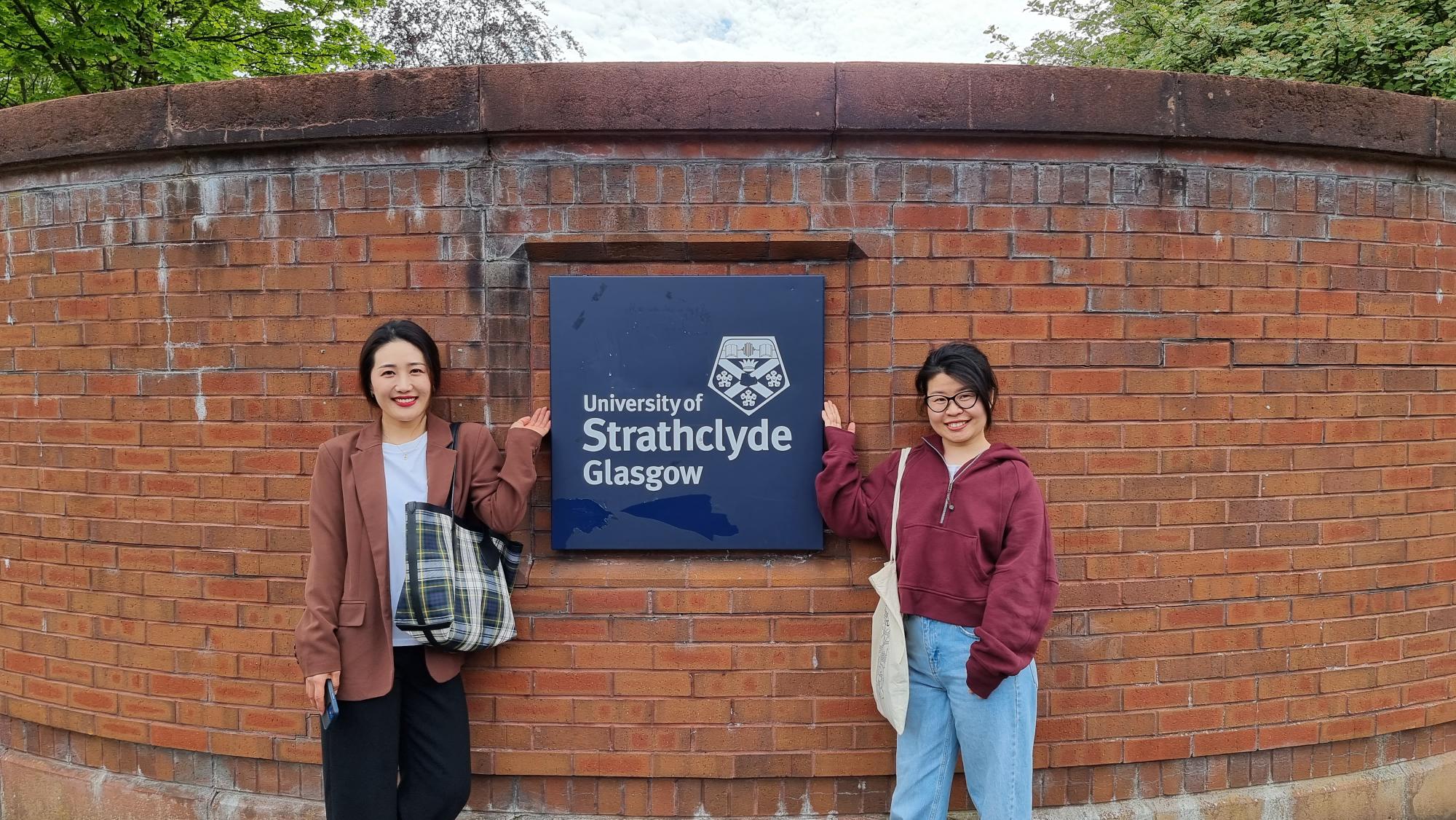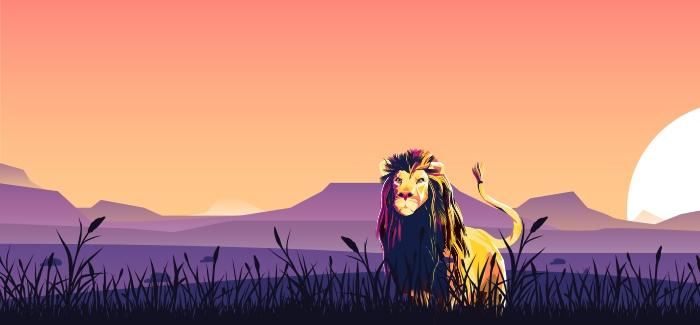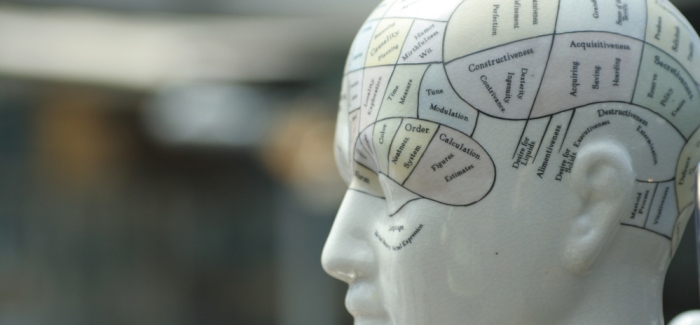Sponsored by Royal College of Art
You’d be understandably mistaken for thinking the discipline of art exists on the opposite end of a scale to cutting-edge technology, especially given the emphasis various countries and academic institutions are placing on STEM education.
However, today’s art students are combining art and technology to revolutionize the possibilities of art and its capabilities to explore complex ideas, emotions and beliefs in new ways.
The evolution of technology is reflected in art
The movement from STEM to STEAM (science, technology, engineering, arts, and mathematics) is gathering serious momentum and is becoming an increasingly important aspect in education, from primary school level to higher education level.
The application of art in disciplines such as science, technology, engineering and mathematics is considered to be the missing piece of the jigsaw puzzle when it comes to students who develop into the innovators, leaders and educators of tomorrow.
The art-tech mashup
The use of technology in art is not about making the process of art ‘easier’, but is instead about the increased opportunity to create revolutionary art - just like the students at the Royal College of Art in London have done.
Ranked first in the world for art and design in the QS World University Rankings by Subject 2019: Art & Design, the Royal College of Art is a unique creative hub where art, design and architecture meet science, technology and AI.
Their Graduate Show in July was a transparent illustration of the range of works aligned to the STEAM agenda with a view to solving global issues from a social, sustainable and commercial viewpoint. We visited them to find out more.
Augmented animation to visualize the environmental impact of materials used in fashion
From opting to walk instead of getting the bus, to buying a reusable water bottle as opposed to using a different plastic bottle of water from the supermarket each day, consumers are becoming increasingly aware of their carbon footprint when it comes to fashion choices as well.
Petra Ritzer, an MA Information Experience Design student designed and developed her project, Material Legacy, in order to draw attention to material behavior over time and the potential impact materials can have on the environment. She hopes her work will have a positive impact on the decisions made in the fashion industry.
“I thought about how we could make materials and their behavior over time more understandable for people so that they have a more immediate understanding of what material lives for what amount of time and how could we use that material differently.
“I then started thinking about making a futuristic scenario where we are in 2030 which is the very near future, and have artificial intelligence (AI) that visualizes the lifetime of such materials.
“In order to have enough data I thought it would be interesting to collect the data from all different researchers and have it held in one place in order to feed the AI so it can essentially visualize it.
“The idea of the AI is that it can recognize the material and then tell the story of the material through visualization. This piece is an installation that should explain what the AI does and how it would function.
“It’s basically a comparison for technical and biological materials. The sculptures underneath are shelves which show how long it will take the material to degrade.”
When asked whether this could be used commercially to help with the sustainability of fashion, Petra was more than positive. She said: “Definitely. We may not be that far off, thanks to the technology we have now. There’s definite potential.”
An audio-based restorative experience to help those who live with Alzheimer’s or Dementia
Approximately 44 million people around the world live with Alzheimer’s or some form of dementia.
Inspired by her grandfather who had Alzheimer’s, MA Information Experience Design student, Ruilin Quan designed and developed NOTE – an audio-based restorative experience which aims to improve the lives of those who suffer from the disease through the power of music.
“I found that music can have a positive effect for the person – helping with social interactions and memory support - so I wanted to create a small system that can help patients and allows caregivers to also participate.”
Comprising of a radio-frequency identification (RFID) reader, a speaker and RDIF tags which can be stuck to any object or surface, each tag can then be connected to a piece of music or some form of audio recording.
It’s a very practical solution to what can be, at times, a very difficult situation for everyone involved, and not just the patient. It can also be useful for those who don’t even necessarily have Alzheimer’s Disease or Dementia.
“It [NOTE] can be used to remind the patient to take their medicine, or even just lock the front door or turn the oven off,” says Ruilin.
Ruilin previously studied industrial design, so when we asked why she chose to study the MA in Information Experience Design, she told us: “Because it’s about finding a problem from real life and trying to find the solution to solve it.”
An immersive virtual reality experience in the world of sustainable fashion
Capitalizing on what is now a very accessible tool in the world of technology – virtual reality – Ciaran Moore, an MA Textiles student at the Royal College of Art has developed a “system of fashion customization using virtual reality and immersive experience.”
Virtual reality is not just a sci-fi dream, it offers solutions to real-world problems and expands artists’ horizons, as is the case with Ciaran. Based on the environmental impact of fashion, B34 allows the ‘customer’ to use virtual reality to customize their own garments and accessories with direct-to-garment printing technology.
“The main objective is to slow down fashion and look for tech solutions for slow fashion,” he said.
“It’s also about trying to give a consumer experience in fashion which will connect people with what they are wearing and make people want to wear the same thing for longer.”
Having already worked in print design and concept design for sportswear, as well as working freelance for a high street fashion label, Ciaran has been able to see firsthand the negative side of the fashion industry in terms of production and waste.
“I wanted to look for a solution to that, and tech is something that I’ve always used so finding solutions with it is what I’ve been wanting to do.”
B34 has been a year-long project which seems to have paid off as the reaction has been amazing, according to Ciaran.
“Going into the VR experience is so different from anything else you can see on the screen or on the projector because it’s so immersive.
“So with me coming from a textiles point-of-view thinking in a textiles way, I’ve designed this with that kind of mind, using layering, color and shape and texture so it’s abstract but it’s like nothing else I’ve done in VR.”
In order to make the experience as immersive as possible, Ciaran designed all the visuals in the VR headset himself, while he also collaborated with a perfumer and three musicians on the sound design for the space.
A new form of art has emerged with access to it also changing
The capacity to create new forms of art is getting larger, as is the freedom to act more autonomously thanks to the opportunities that arise with changing technologies.
From 3D animation, to digital painting and sensor-driven creations, for many art and design students the use of technology is an invaluable part of their artistic production.
The viewing public have only ever been observers in a traditional sense when it comes to art, but they can now become the protagonist and part of the creation of art itself. This shift in public interaction is a result of VR and AI which offers an immersive experience where interactivity allows art and technology to work together.
The future of STEAM education
It’s apparent there are still many avenues of art yet to benefit from the constant evolution of technology.
However, if these students at the Royal College of Art are anything to go by, as they venture into the unknown without the conventional artist’s toolbox and discover original techniques and processes that were practically unheard of or impossible only a few decades ago, then we’re in for a very exciting future of art and technology.











